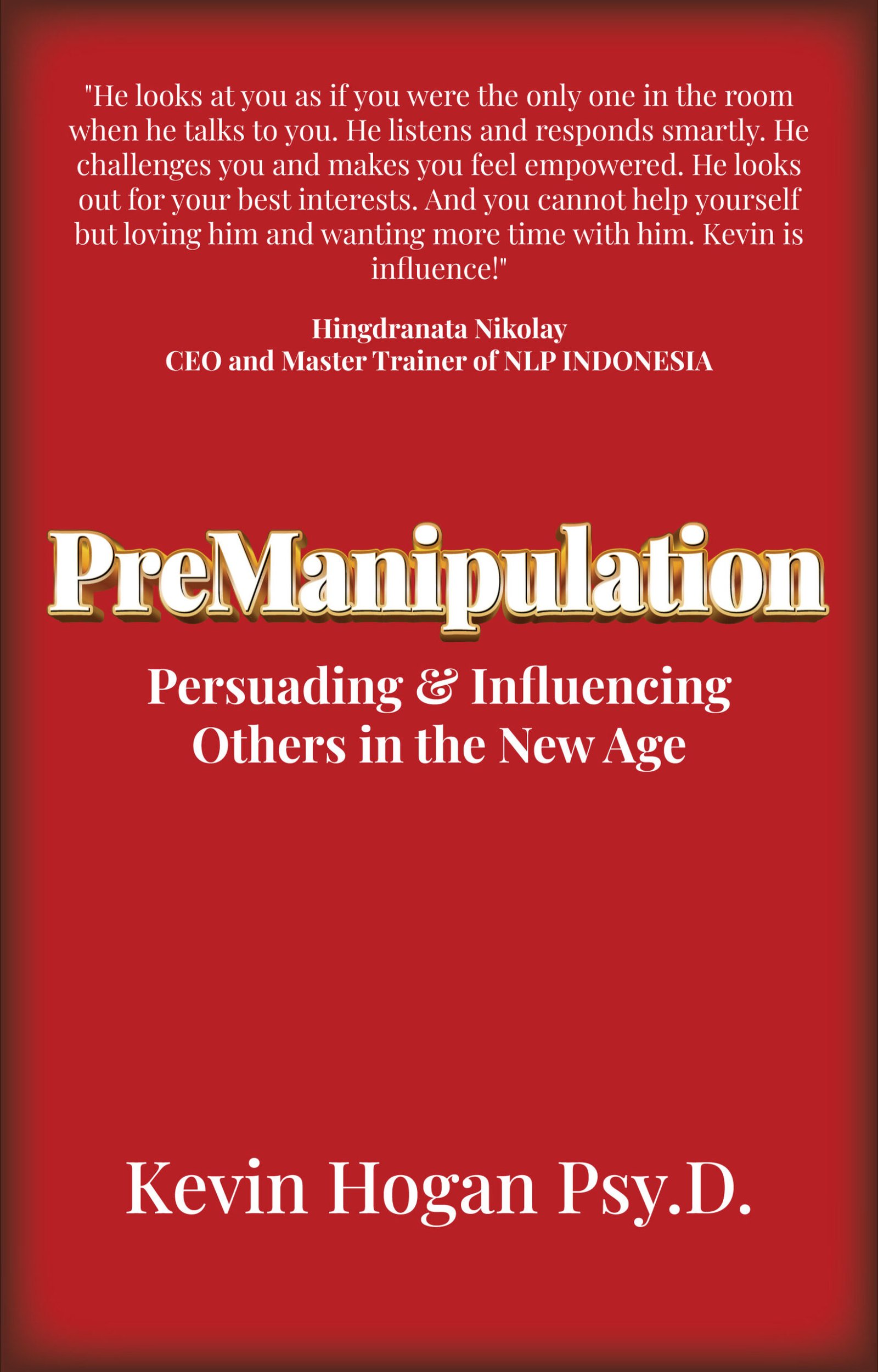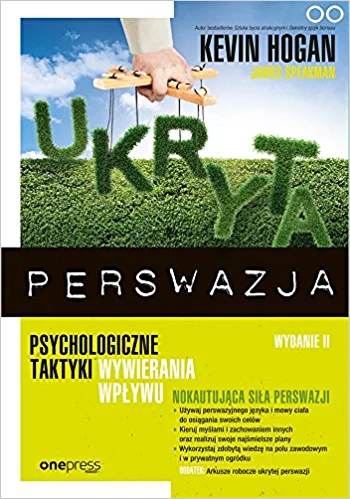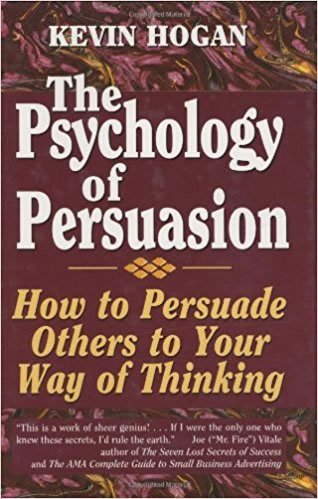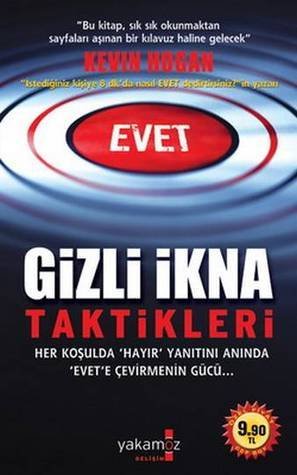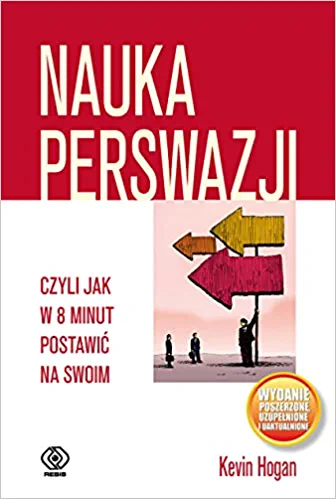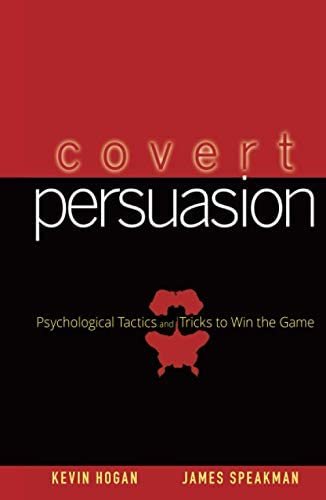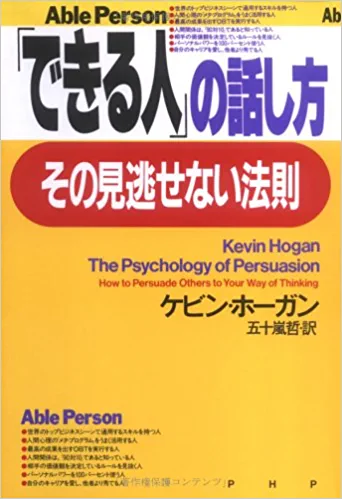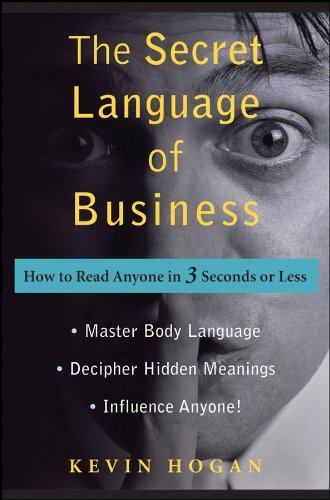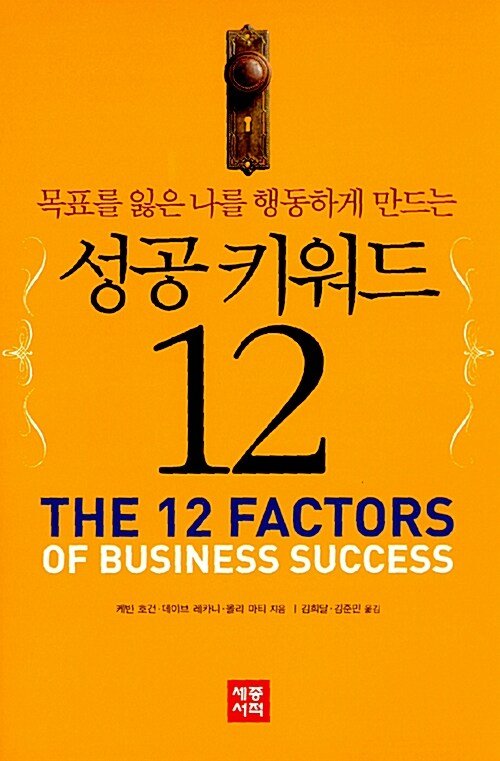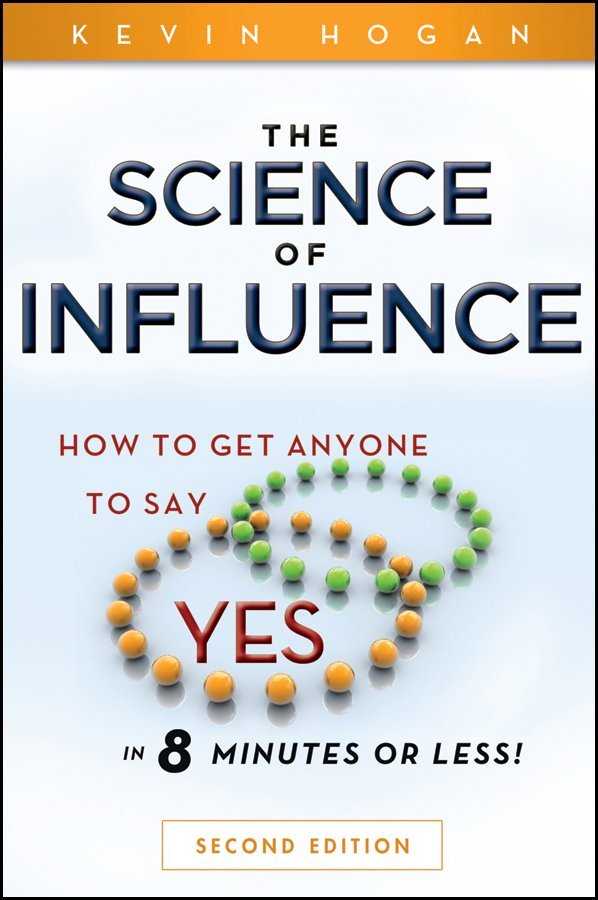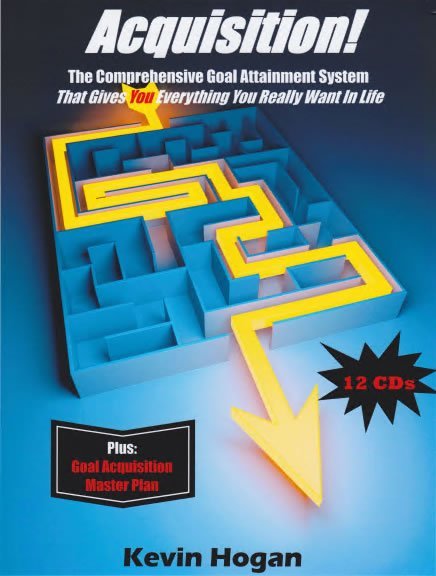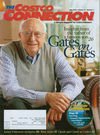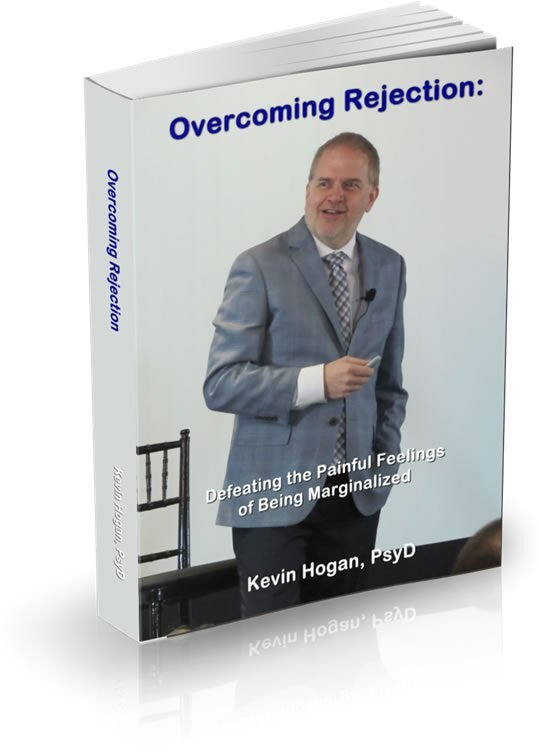Today let’s just talk about tricks and tips for email and copy.
Because not all of what follows came from my mind, I will comment where I feel certain “tricks” are inappropriate. Now, a few specific tactics, techniques and approaches, mostly email and to writing copy and sometimes subject lines.
 With the start of the new Internet Marketing Course just days away, it makes sense to prime our thinking with some tech that works.
With the start of the new Internet Marketing Course just days away, it makes sense to prime our thinking with some tech that works.
And by the way, a few of these are my personal approaches. The majority are from people with successful online businesses.
One of my companions simply said, “Kevin, we’re doing this, turning high seven figures you might want to do this, as well!”
And always in the context of what is working. (People tend not to point out what is not working when I work with them or when we are in “casual conversation.”)
In the internet marketing course you’ll learn what works AND what doesn’t.
Some you have dinner with at events and are happy to talk about recent successes.
I’m in a fortunate position, because people know they’ll get cool ideas from me that will generate more revenue and they know I won’t use their name.
Today, I can show you how they are framing their headlines and copy, or perhaps using a specific theme in a piece of copy they are writing to cause you to do business with them.
I can show you how that frame boils down to the conceptualization of headlines and subject lines that causes people to open their email.
Ultimately, I disapprove of a lot of approaches.
I’ll show you what I like and what is natural for my work.
This article will focus both on getting your email opened and knowing what should go inside of that email/ezine.
Without question, I am too straight and narrow to think in certain terms. Obviously that causes me to “miss out” on some dollars…but…I don’t care. I don’t need the most money. I need to feel the best about my work and how you grow your business, your reputation, even how you learn to process and think.
That said, there is much to be learned, even from people you might disagree with. There is much to be learned from people who walk the line. So I’ll show you all three (Approve, Disapprove, and The Line)
Today I want to show you general approaches and how they might have simple yet specific ways they play out, in headlines for example.
And I’ll tell you this up front.
The sole reason I am doing this is because our 20th Internet Marketing Course begins soon and I want you to see the fact that no one does what we do. I say “we” because we have a lot of people that will work for you and with you to cause you to be successful.
That’s just one thing that sets “Kevin Hogan’s Internet Marketing Course”apart from the rest. Far apart.
I’ve listened carefully for a long time.
Now I’ll share some thumbnails with you.
Preparing for the upcoming Internet Marketing Course has been fun.
Here’s what happens when you ask a bunch of successful Professional Marketers what their tried and true copy themes, stories, frames, approaches, techniques, strategies and tactics are to convert more visitors to customers and generate more sales.
Many of the techniques and approaches obviously apply to any kind of selling and marketing, while some are definitely geared to the the online experience.
Remember, some of this I could never use in a million years. They are too…not me… On the other hand, some are excellent choices and will be useful to me as well.
Find five that make sense for what you sell on or off-line. Keep them in mind in case you take the Internet Marketing Course beginning…this week.
How Do You Get Email Opened?
Let’s take a look at the big picture…FIRST.
Set Subscriber Perceptions and Expectations
Did you know that you’re setting up the responsiveness of your FUTURE subscribers even before they subscribe to YOUR Coffee with Kevin Hogan?
It all begins on your newsletter opt-in. How many times have you said, “Coffee with Kevin Hogan is one of the emails I actually read?”
(Thank you, by the way)
Your subscribers want to know several things before they subscribe, and they’re more likely to open your emails if what you do matches what your subscribers expect.
Here’s a rundown of the main things they expect:
• Your subscribers expect to receive your emails a certain number of times per week or per month.
Tip: If you’re offering an email course (autoresponder sequence) that will initially come more often than your live broadcasts, then let readers know this. For example, “You’ll receive the five-part email spread out over the next five days, and after that you’ll receive Coffee once each week.”
• Your subscribers may expect to receive your emails on certain days. Do you have a publishing schedule, such as writing to your subscribers on Mondays and Fridays? If so, let readers know this. If you have a good content, they’ll eagerly await your emails (and they may even email you if you don’t get your newsletter out on time).
• Your subscribers expect to receive certain types of content. If you tell your subscribers that you’re giving them “tips and tricks” about a certain topic, but then all you do is beat on them with product recommendations, you can bet they’ll stop opening your emails. That’s because you’re sending them something they didn’t expect.
With Coffee, my goal is simple. Every issue should have a cool article that blows away the reader with great ideas, techniques, strategies and tactics whether it is for life in general, selling, marketing or business.
Here’s the deal – you can send anything you want to your list, as long as they expect it. You can send a promotional email every day of the week… as long as you’ve made this clear and your readers expect it.
So, give some thought to what you’re going to send to your list and how often you’ll send it. Then tell your subscribers upfront so they know what to expect. If they expect it, they’re more likely to open it. And if you conform to their expectations, you’ll grow a more responsive list.
The first key to success in building your business is setting the stage to get your ezine/email opened.
Use a Recognizable “From” Field When you’re first setting up your autoresponder, you have to fill in the “from” field on your emails, so that subscribers know who the emails are from. Simple, right? Problem is, some people get a little creative with their “from” field, which just confuses subscribers.
Example: They’ll use their business name all over their website, but then they’ll use their personal name in the “from” field of the email.
You know what happens? Subscribers don’t recognize the name, as they’d never encountered it on the website or anywhere else. And when subscribers don’t recognize the “from” field on an email, they’re less likely to open it.
So here are tips for creating your “from” field:
• Be consistent. What name are you using on your website, Facebook page, product pages and everywhere else? Whatever it is, this is the name you should use in the “from” field of your emails. It took me awhile to learn this critical lesson. Learn from my pain!
Tip: Keep branding in mind here. If you are branding a name, then use your business name in the “from” field. If you are branding your personal name, then use that. For example: “KevinHogan@kevinhogan.com”
• Don’t change it. Think carefully about your “from” field, because you don’t want to have to change it later. If you change it, your readers won’t recognize it – and they won’t open your emails. So be sure to think about where your business is likely to go in the future, and then use a name in the “from” field that won’t change.
The “From Field” is the beginning of marketing.
Next let’s skip the subject line, save it for the Internet Marketing Course (several hours of content) and go straight inside your message.
Note: Most of these are effective in email and in copy on your website. And some, I would never use no matter how effective. Just sharing…
1. The “You Really CAN Do This” Technique
The “discover the power of this little-understood…” technique tells your prospects that many people do not comprehend a certain beneficial feature of your product. People like to learn about things they don’t know about if it will benefit them in some way.
The big picture here is that they have found a solution that sounds complicated and maybe is very complicated but you, who have very little understanding in this area can learn this.
I rather like this theme and type of headline. It isn’t the greatest draw by any means, but because it is honest and direct in approach, I encourage others to utilize it.
2. The “They’re Successful” (Here’s Why/How) Strategy
The “ever wonder why (a famous person’s name) is so successful…” strategy tells your prospects that your product helped the experts or celebrities gain a targeted benefit. People will consider that if they purchase your product, they could be famous or successful at something, too.
This you have to be careful with because you don’t want the name to appear to be a tacit endorsement.
Overall the concept is effective and can be used appropriately.
3. The “One Time Instructions” Tactics
These tactics are proposed behavioral scripts. Simple and to the point.
The “you only need to go through the instructions once and it will become second nature to you…” tactic tells your prospects they will be competent after using your product for the first time. People don’t like to read a set of instructions many times over in order to gain their desired benefit. (I like this notion!)
For most products or things, I don’t like this approach.
Most things in life require learning, learning more, doing, redoing, developing habit, etc.
There are exceptions of course but in general this approach whether used as a headline or a theme for an entire campaign bugs me. I might have used it at some point. It’s not always “wrong.”
Overall it is very compelling and 70% of the time I believe it is misleading.
4. The “Scarce Few Know This” Approach
The “only (no.) in (large no.) people know this…” tactic tells your prospects a very small percentage know about a beneficial aspect or a piece of important information about your product. People will realize if they purchase it, they will be in rare company, taking advantage of The Law of Scarcity.
I not only like the approach, it is something that is far more true than most people know.
Here’s the deal: Most gurus won’t tell you those secrets. They tell them to the other people they launch products with or eventually you figure them out but there is a lot of stuff they would never want to hit the public for many different reasons.
This approach is effective. It makes for great headlines, subject lines, frames and I certainly will use it every now and then when appropriate.
5. The “Don’t You Dare Read This…” Theme
The “if you’re not interested in (your service/product benefit) please don’t read this…” technique tells your prospects that they will feel ignorant for not reading your information, if they are in the least bit intrigued by it.
 I’ve told the story about how I used to get my brother to turn the light off at the end of the night so we could all get to sleep. “Don’t you turn off that light while I’m reading.”
I’ve told the story about how I used to get my brother to turn the light off at the end of the night so we could all get to sleep. “Don’t you turn off that light while I’m reading.”
The light would go off instantly.
You could also feature benefits like deep discounts, free shipping, friendly customer service, etc., instead.
This is an approach I use naturally quite often because it fits my personality. It’s how I talk to family and friends when motivating them to buy Gold for example.
With them I might say something like, (their name), you can be stupid as long as you want but I’ve told you for seven years to buy gold and your 401k is worth the same or less than it was in 2005. Meanwhile he (pointing to another friend) did it and has his retirement set. Time to fix that?
Do realize that is very strong but that might just be the pain someone needs to actually DO something.
I don’t use the theme as much as I used to in marketing but not only do I approve, used correctly it can get people off their butt and MOVE right now.
6. The “Experts Don’t Know” Theme
The “find out the myth about (something that will support your product), even most experts don’t know about it…” strategy tells your prospects that there is a myth that could be stopping them from improving their life. You also don’t make them feel bad about knowing it because even the most authoritative figures don’t know about it either.
This is a VERY IMPORTANT strategy for people who do research like I do. It’s another “whack on the head strategy” that I love and use in every day life.
If you are a real expert, this is an excellent approach. If you aren’t there are plenty of other ways to talk to your future customer.
People believe that if the experts used some of their marketing knowledge in a vacuum that what they do would be effective. That’s not always true.
Copywriters often think that they are better (or worse) than they really are, for example. The fact is lots of variables come into play and not everyone can use the same copy (for example) as everyone else. Great success from one type of promotion for one person will yield no results for someone else.
Most of the experts KNOW that but they won’t tell YOU that.
Why?
Simple: They are pointing you to their million dollar “formula.”
That’s how it happens in real life. That’s why I like the approach.
7. The “I Know You Think You Do” Theme
The “learn the most important (piece of info) and it has nothing to do with (something they would assume)…” tactic tells your prospects they may think they know about your product’s benefits, but they really don’t.
Of course you would need to list the most common thing your prospects would assume about your statement.
I’ve never used this as theme or tactic but it is successfully used by some of the world’s most successful marketers and I like the concept.
I’ve seen it used very profitably.
8. The “Reverse Guarantee” Specific Tactic
The “if you keep trying to (one your products benefits) without knowing this, I’m pretty sure you’ll have (a negative effect)…” technique tells your prospects this is something important they need to know in order to gain their desired benefit. You are also noting they won’t gain it without purchasing your product. It’s like a reverse guarantee.
I utilize this frame every now and then. It can be very effective in causing people to think. When the benefit is “real,” this is a sound way to frame your promotion or write a headline.
 9. The “Magic Wand” Strategy
9. The “Magic Wand” Strategy
The “just (take a specific action) and hey presto…you’ll have (your product’s benefit)…” strategy tells your prospects your product will literally work instantly, like magic. Most people wish they could just wave a magic wand to improve their life.
This strategy drives me nuts (in a very bad way) but it is historically and consistently successful for many others and thus I include it ONLY for your perusal.
Here’s the Cool Technique I do indeed like…though rarely use…
10. The “Pennies on The Table”
The “what if (no.) cents a day was all that was holding you back from (your product’s benefit)…” strategy tells your prospects that only pennies are keeping them from reaching their goals. You would just have to divide up your product’s cost over a week, month or year. You could also compare the amount to how much they would spend on ordinary things each day, like soda pop, coffee, newspaper, etc.
I don’t use this very often but the reality is it is high integrity and it DOES trigger people to click, Add to Cart.
This approach is one of the most scientifically-tested strategies that works cross-culturally and across a wide variety of products and services.
If people give up stupid expenses and invest where it will be leveraged for their future, this is a perfect way to wake your client up.
11. The “It’s Not Easy” Theme
The “it’s not as easy as it seems, but the payoff is huge…” tactic tells your prospects that gaining their desired benefit isn’t easy, but your product will not make it too tough on them.
It shows you are being up front and honest with them (ex. most people know that losing weight is difficult). You just need to keep stressing the positive outcome they will get from using your product or they will spend their money with the magic pill guy in number nine above.
This approach fits my personality. It works well for many others. It works in part because it is blatantly honest and thus refreshing. However the downside is that it can turn away people looking for The Secret Law of Attraction. It won’t make as much money as other approaches but it is consistently useful and profitable.
12. The “Don’t Copy Them” Technique
The “most (type of people) fail at (your product’s benefit), please don’t make the same mistake…” technique tells your prospects that doing the same things as other people keeps them from reaching their goals. They will realize what they are doing wrong and want to do something about it so they are not like the others.
This works.
Another cool technique?
13. The “This Step Is Important” Strategy
 The “(no.) easy steps to (your product’s benefits)… [And then, IF YOU leave step (no.) out and you could (a negative effect)….]” strategy tells your prospects that they will get step-by-step instructions with your product to gain their desired benefit.
The “(no.) easy steps to (your product’s benefits)… [And then, IF YOU leave step (no.) out and you could (a negative effect)….]” strategy tells your prospects that they will get step-by-step instructions with your product to gain their desired benefit.
But, they are warned that if they leave out a critical step, it could make their life worse. It warns them not to try to gain the desired benefit without purchasing your product or by going with someone else.
I like this because it points out real life problems and allows your product to be a solution.
Bonus? It’s profitable.
Again, as with #12, I think this is a compelling strategy for directing thinking for many products where the product has been made simple to use by the company.
14. The “1,2,3” Technique
The “it’s as easy as 1, 2, 3 (or A, B, C)…” technique tells your prospects that you are comparing gaining their desired benefit with your product to something really easy like counting. You could even list some easy little steps beside each number or letter. (ex. 1. (do this), 2. (do this,) 3. (do this), etc.)
This is almost metaphorical in nature and it is an excellent marketing tool.
I can’t see me using it intentionally but there’s nothing wrong with it if the claim is true. And if it is, it’s likely to be profitable.
15. The “Don’t Overuse It” Strategy
The “yes, it works like crazy but just don’t overuse it…” strategy tells your prospects that your product works so well that it’s addictive and they could possibly abuse it. You could use a little reverse psychology and tell them to purchase it at their own risk.
This is a cool approach. I like it, don’t use, but I would have no problem using it if it were appropriate.
16. The “Funny But True” Tactic
The “(your product’s unbelievable benefit), don’t laugh, it really is true…” strategy tells your prospects you expect them not to believe your product claims. They will know that you know they may not believe your offer. They will assume what you’re saying is true because you wouldn’t want to reveal that you know your product results are far-fetched.
This is from the classic ad, “They all laughed when I said I wanted to play piano,” (or however the exact words went.) In general, I like this tatic because it fits a specific style of marketing. But can you imagine ME saying this?
I probably wouldn’t use it, but it’s a good tactic to get people moving in the right direction and feel OK about it.
…and yes, it has been very profitable for many marketers.
Yes ANOTHER profitable approach?
17. The “Family Testimonial” Strategy
 The “my husband finally has (your product’s benefit), thank you (your business name)…” strategy tells your prospects that an actual family member or friend of one of your customers gave you a testimonial for your product. They will actually start to imagine the benefits that their own family members or friends will receive from them purchasing your product.
The “my husband finally has (your product’s benefit), thank you (your business name)…” strategy tells your prospects that an actual family member or friend of one of your customers gave you a testimonial for your product. They will actually start to imagine the benefits that their own family members or friends will receive from them purchasing your product.
I get this testimonial every couple of months. I don’t use it in promotions but you can read some of these on the front page of KevinHogan.com.
I tend to under-utilize the thousands of testimonials we have. That is a personal mistake, not something you should mirror. DO use this approach when you have these specific testimonials because they are VERY effective.
18. The “Tiny But Huge” Technique
The “learn why such a seemingly insignificant thing can make a huge difference…” technique tells your prospects that taking your product for granted or ignoring your promotional information could be a big mistake. They will be curious to know how your insignificant product or information could improve your life.
I love this approach. Haven’t used it, but it fits some styles of marketing quite well and is effective.
19. The “Empty-Handed” Strategy
The “please don’t leave empty-handed…” strategy tells your prospects that you have another offer for them in case they decide not to purchase your main product. You could place the ad at the end of your sales letter, on an exit pop up or on a full exit page. It could be a one time offer for another product(s), a freebie that has ads in it, an affiliate product you promote for commissions or a free subscription to your e-zine.
This is an excellent online marketing technique and although I don’t use it, I know a LOT of people who do and it boosts their sales in unreasonably large amounts of annual volume.
20. The “Face Your Problems” Concept
The “are you currently facing any of the following problems (the list of problems your product can help to fix)?…” concept tells your prospects if they have any of those problems, they may need to purchase your product. You could also tell them after the list of problems that if they have one or more of the following problems, then this will be the most important letter they’ll ever read.
Certainly more my style of conceptual marketing that fits with my overall message at KevinHogan.com. I personally like this.
One more profitable approach…
21. The “Inspect This” Strategy
The “I encourage you to inspect this letter very carefully before you decide to (your product’s benefit)…” strategy tells your prospects that you want them to be absolutely sure they won’t waste their money on your product. People will assume you’re not just out to get their money and you are looking out for their best interests.
Especially helpful for people new to a potential customer. I don’t use this strategy but I think it is VERY smart for people new in business to do so. Take the risk out of the equation for your future customer.
USE THIS and it will likely take you far early in your career.
It’s as simple as that….
![]()
![]()
![]()

